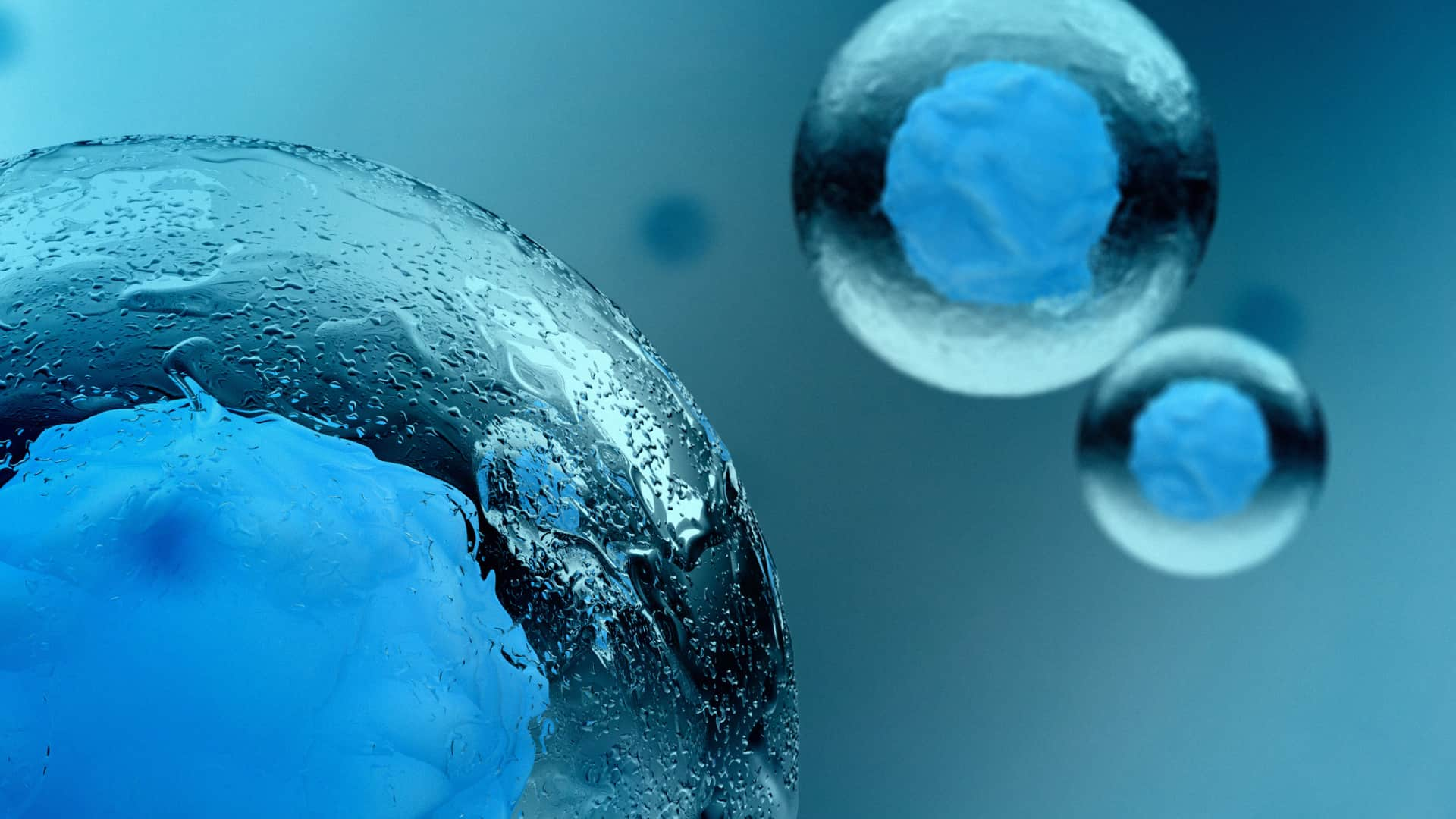N-Acetyl L-Tyrosine

N-ACETYL-L-TYROSINE
COMMON NAME
N-Acetyl-L-Tyrosine | NALT
TOP BENEFITS OF N-ACETYL-L-TYROSINE
Supports working memory, mental flexibility, and information processing*
Supports adaptation to stressful circumstances*
WHAT IS N-ACETYL-L-TYROSINE?
N-acetyl-L-tyrosine (NALT) is an acetylated form of the amino acid L-tyrosine. N-acetyl l-tyrosine (as well as L-tyrosine) is used as a nootropic because it acts as a precursor for the important brain neurotransmitter dopamine. Dopamine has a large role in brain activities linked to reward, motivation, and pleasure, and plays a crucial part in modulating focus, motivation, cognitive flexibility, and emotional resilience. In addition to these creative-productive capacities and states, dopamine is one of the main regulators of motor control and coordination of body movements, so is also important for exercise and muscle performance. Supplying NALT (or other sources of L-tyrosine) for cognitive support may be especially useful when participating in more demanding or stressful tasks [1]. Oral NALT has increased brain levels of L-tyrosine [2].*
NEUROHACKER’S N-ACETYL-L-TYROSINE SOURCING
N-acetyl-L-tyrosine (NALT) is an acetylated form of the amino acid L-tyrosine; it has better solubility in water, so is a more functional form than L-tyrosine for use in liquids.
N of 1 (i.e., individual response) subjective feedback in the nootropic community suggests that n-acetyl l-tyrosine is experienced somewhat differently, and often at much lower doses than the more commonly used L-tyrosine.
Neurohacker uses a NALT that is sourced to be non-GMO, gluten-free, and vegan.N-ACETYL-L-TYROSINE FORMULATING PRINCIPLES AND RATIONALE
N-acetyl-l-tyrosine (NALT) seems to be experienced somewhat differently (and often at lower amounts) than L-tyrosine. N-acetyl l-tyrosine is interesting because real world experience of people taking it in the nootropic community does not match up with the bioavailability data. Neurohacker believes it's important to consider bioavailability data, but not place too much weight on it. Especially, with ingredients like NALT, where almost all of the bioavailability studies have been either in animals, non-oral administration (i.v, i.p. etc.), and usually both. During our formulation and testing process, the NALT form has been additive in the context of an overall nootropic formula at servings that are typically much lower than would be expected based on bioavailability data and research on L-tyrosine. We also believe that supplementation of tyrosine, no matter which form is used, is subject to threshold responses (see Neurohacker Dosing Principles) because tyrosine-induced increase in dopamine synthesis is regulated by end-product inhibition (i.e., once the optimal level is reached, higher levels of tyrosine will no longer increase dopamine synthesis) [3].
N-ACETYL-L-TYROSINE KEY MECHANISMS
Supports brain function*
Supports working memory* [13–19]
Supports cognitive flexibility* [20]
Supports logical reasoning* [14]
Supports mathematical processing* [14]
Supports convergent ("deep") thinking—a component of creativity* [21]
Supports perceptual-motor task performance* [15,22]
Supports inhibition of behavioral responses—a cognitive control function* [23]
Precursor for catecholamine synthesis [dopamine, noradrenaline, and adrenaline]* [4]
Supports the rate of dopamine synthesis and release upon neuronal activation* [5–10]
Supports norepinephrine synthesis and release upon neuronal activation* [10–12]
Supports maintenance of neurotransmitter (DA, NE) levels during increased brain activity* [1]
Supports performance during cognitively demanding tasks* [1]
Supports healthy stress responses*
Supports cognitive performance in stressful situations* [15–18,22]
Supports behavioral responses to environmental stress* [24]
Supports norepinephrine level maintenance in stressful situations* [25]
Supports healthy blood pressure in stressful situations* [15,22]
Supports global mood* [26]
*These statements have not been evaluated by the Food and Drug Administration. This product is not intended to diagnose, treat, cure, or prevent any disease.
REFERENCES
[1] B.J. Jongkees, B. Hommel, S. Kühn, L.S. Colzato, J. Psychiatr. Res. 70 (2015) 50–57.
[2] G. Topall, H. Laborit, J. Pharm. Pharmacol. 41 (1989) 789–791.
[3] S.C. Daubner, T. Le, S. Wang, Arch. Biochem. Biophys. 508 (2011) 1–12.
[4] J.D. Fernstrom, M.H. Fernstrom, J. Nutr. 137 (2007) 1539S–1547S; discussion 1548S.
[5] S.Y. Tam, J.D. Elsworth, C.W. Bradberry, R.H. Roth, J. Neural Transm. Gen. Sect. 81 (1990) 97–110.
[6] R.J. Wurtman, F. Larin, S. Mostafapour, J.D. Fernstrom, Science 185 (1974) 183–184.
[7] M.C. Scally, I. Ulus, R.J. Wurtman, J. Neural Transm. 41 (1977) 1–6.
[8] J.D. Milner, R.J. Wurtman, Neurosci. Lett. 59 (1985) 215–220.
[9] M.J. During, I.N. Acworth, R.J. Wurtman, J. Neurochem. 52 (1989) 1449–1454.
[10] T. Oishi, R.J. Wurtman, J. Neural Transm. 53 (1982) 101–108.
[11] S.K. Yeghiayan, S. Luo, B. Shukitt-Hale, H.R. Lieberman, Physiol. Behav. 72 (2001) 311–316.
[12] C.J. Gibson, R.J. Wurtman, Life Sci. 22 (1978) 1399–1405.
[13] L.S. Colzato, B.J. Jongkees, R. Sellaro, B. Hommel, Front. Behav. Neurosci. 7 (2013) 200.
[14] R.A. Magill, W.F. Waters, G.A. Bray, J. Volaufova, S.R. Smith, H.R. Lieberman, N. McNevin, D.H. Ryan, Nutr. Neurosci. 6 (2003) 237–246.
[15] J.B. Deijen, J.F. Orlebeke, Brain Res. Bull. 33 (1994) 319–323.
[16] C.R. Mahoney, J. Castellani, F.M. Kramer, A. Young, H.R. Lieberman, Physiol. Behav. 92 (2007) 575–582.
[17] C. O’Brien, C. Mahoney, W.J. Tharion, I.V. Sils, J.W. Castellani, Physiol. Behav. 90 (2007) 301–307.
[18] D. Shurtleff, J.R. Thomas, J. Schrot, K. Kowalski, R. Harford, Pharmacol. Biochem. Behav. 47 (1994) 935–941.
[19] J.R. Thomas, P.A. Lockwood, A. Singh, P.A. Deuster, Pharmacol. Biochem. Behav. 64 (1999) 495–500.
[20] L. Steenbergen, R. Sellaro, B. Hommel, L.S. Colzato, Neuropsychologia 69 (2015) 50–55.
[21] L.S. Colzato, A.M. de Haan, B. Hommel, Psychol. Res. 79 (2015) 709–714.
[22] J.B. Deijen, C.J. Wientjes, H.F. Vullinghs, P.A. Cloin, J.J. Langefeld, Brain Res. Bull. 48 (1999) 203–209.
[23] L.S. Colzato, B.J. Jongkees, R. Sellaro, W.P.M. van den Wildenberg, B. Hommel, Neuropsychologia 62 (2014) 398–402.
[24] L.E. Banderet, H.R. Lieberman, Brain Res. Bull. 22 (1989) 759–762.
[25] H. Lehnert, D.K. Reinstein, B.W. Strowbridge, R.J. Wurtman, Brain Res. 303 (1984) 215–223.
[26] L.A. Palinkas, K.R. Reedy, M. Smith, M. Anghel, G.D. Steel, D. Reeves, D. Shurtleff, H.S. Case, N. Van Do, H.L. Reed, Int. J. Circumpolar Health 66 (2007) 401–417.




